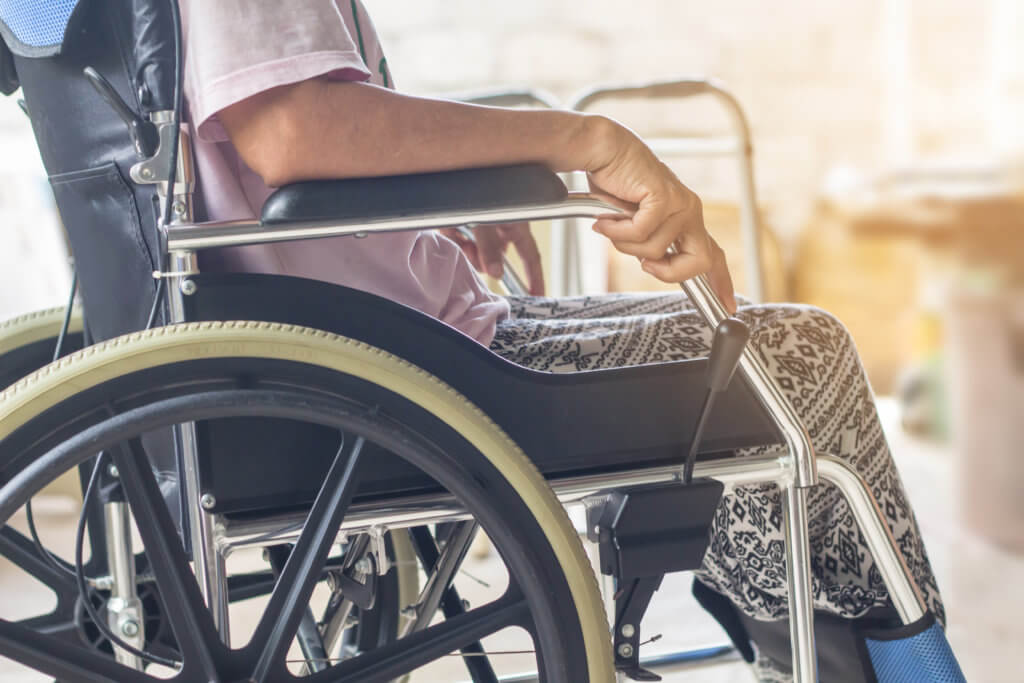LOS ANGELES — Scientists have successfully enabled paralyzed mice to walk again by restoring neurons after a spinal cord injury. This breakthrough holds “significant promise” for people hoping to regain movement after sustaining severe injuries.
A collaborative team of neuroscientists from UCLA, the Swiss Federal Institute of Technology, and Harvard University achieved this by regenerating specific neurons back to their natural target regions. This led to recovery from complete spinal cord injuries in mice.
The researchers embarked on this study to determine whether directing the regeneration of axons from specific neuronal subpopulations to their natural target regions could lead to meaningful functional restoration after spinal cord injury in mice. They initially utilized advanced genetic analysis to identify nerve cell groups that enhance walking improvement after a partial spinal cord injury.
“Our study provides crucial insights into the intricacies of axon regeneration and requirements for functional recovery after spinal cord injuries,” says Dr. Michael Sofroniew, Professor of Neurobiology at the David Geffen School of Medicine at UCLA, in a media release. “It highlights the necessity of not only regenerating axons across lesions but also of actively guiding them to reach their natural target regions to achieve meaningful neurological restoration.”

They discovered that merely regenerating axons from these nerve cells across the spinal cord lesion without specific guidance did not impact functional recovery. However, when the approach was refined to include chemical signals to attract and guide the regeneration of these axons to their natural target spinal cord, the mice exhibited significant improvements in their walking ability.
The researchers conclude that applying principles laid in their work “will unlock the framework to achieve meaningful repair of the injured spinal cord and may expedite repair after other forms of central nervous system walking ability injury and disease.”
However, the team did underscore that the complexity involved in promoting regeneration over longer distances in species other than rodents may pose challenges and could delay the application of these findings to humans. Nonetheless, the advancements made in this study mark a significant stride in understanding spinal cord repair and open new avenues for treating spinal cord injuries.
The study is published in the journal Science.
You might also be interested in:
- Revolutionary injection shows ability to repair spinal cord injuries
- Digital miracle! Paralyzed woman speaks again with help of her own AI avatar
- Paralysis cure discovered? Drug developed to treat lung disease repairs spinal cord injuries
South West News Service writer Jim Leffman contributed to this report.

